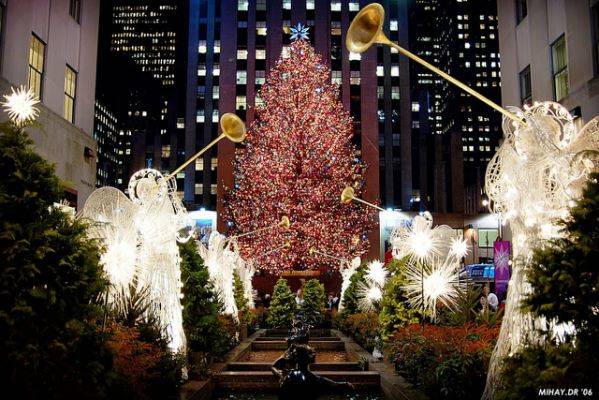 Well the big day is getting ever closer and if we haven’t purchased, probably, one of the most important gifts yet, TIME IS RUNNING OUT! Yes today’s post is offering gift inspiration for the lady in your life, whether that be Mum, Sister, friend or wife. OK not all the selected items are going to be appropriate for all of the aforementioned but we do want to inspire you fellas.
Well the big day is getting ever closer and if we haven’t purchased, probably, one of the most important gifts yet, TIME IS RUNNING OUT! Yes today’s post is offering gift inspiration for the lady in your life, whether that be Mum, Sister, friend or wife. OK not all the selected items are going to be appropriate for all of the aforementioned but we do want to inspire you fellas.
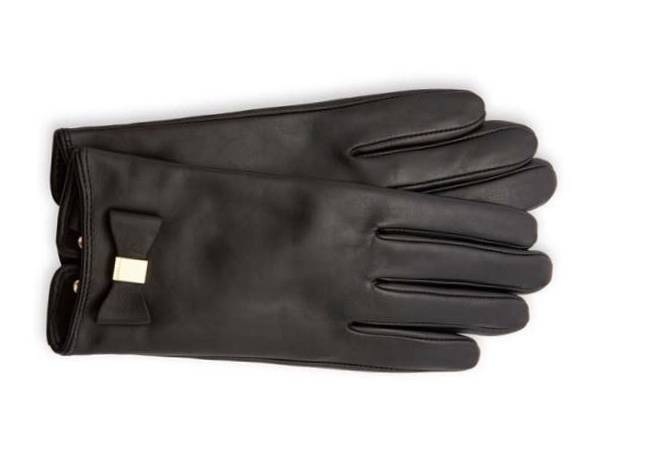 Now this is a gift idea that you just can’t go wrong with no matter what the relationship you have with the chosen individual. These Ted Baker Betanie Bow Detail Leather Gloves with Wool/Cashmere lining.
Now this is a gift idea that you just can’t go wrong with no matter what the relationship you have with the chosen individual. These Ted Baker Betanie Bow Detail Leather Gloves with Wool/Cashmere lining.
OK maybe not one for Nanna but describing Gucci’s AW16 collection as eccentric and colourful, Alessandro Michele demonstrates the aesthetic with these New Ace trainers. Crafted from smooth leather complete with signature web stripes, the iconic Italian brand’s Creative Director updates the classic style with an embroidered bee detail and snake-embossed metallic leather panel
Imagine finding the perfect bauble to really add that special Christmas spirit to your tree. Now, imagining opening up that bauble and finding milk chocolate coins inside! Hanging from a delicate ribbon thread, this ornament is a treat for both the eyes and the taste buds.
I mean you can’t seriously go wrong with Jo Malone London’s ‘Cracker Gift Set’ is one of those rare kinds that really is just as special on the inside as out. It includes miniature-sized versions of three of the brand’s coveted products – perfect for a pampering session post-festivities. The ribbon-tied, iridescent packaging will look so elegant on your table settings.
I kid you not ladies love personalisation and this gift idea shows a lot of thought. Founded by designer Annoushka Ducas MBE in 2009, her namesake jewellery label embraces the spirit of modernity. Exclusive to Selfridges only and due to popular demand, this pendant has been crafted from 18-carat white-gold with a satin finish. At the centre of this special piece, the letter is displayed, formed with 0.07 carats of micro-pave silver diamonds. Wear yours to represent your own name or of someone you L O V E.
A rich nectarine fruit character and lingering toasty vanilla notes make this Veuve Clicquot Brut Ponsardin a popular classic. Bearing the famous ‘Clicquot Yellow’ label, this bottle is housed in a signature arrow gift tin, complete with a glittering font to mark the occasion. Once again, go the extra mile by personalising it with your hometown, a special city or the name of your favourite person for a gift to treasure long after the bubbles have popped.
This super versatile “Amelia” bag from FatFace is made from soft, supple leather, this shoulder bag comes in a slouchy shape with tonnes of pockets inside and out. The buckle fastening details are a stylish finishing touch, while the cotton lining ensures it’s strong on the inside. Wear it from on a weekend walk with the dog to a festive night out with friends.
This is what is known as a key winter piece, this fully lined wrap style coat from Jigsaw is designed with a narrow slim fit and self tie belt. Featuring two large patch pockets and a revere collar. Looks equally as good over a flowy dress or with jeans and a knit.
Smythson’s ‘Wafer’ notebook is a scaled-down version of the label’s signature ‘Panama’ jotter – so it’s perfect for stashing into your bag. Handmade in the UK, it’s constructed from metallic textured-leather to match the gilt-edged featherweight pages and has a grosgrain ribbon to keep track of recent entries. The #winning lettering stamping at the front makes it a great congratulatory gift.
OK not another one for your Mum or Gran, but this Lauren Ralph Lauren Satin and lace PJ set makes for the perfect gift for the one you love. Also, just putting it out there, maybe not suitable to be unwrapped in front of the outlaws, or potential ones.
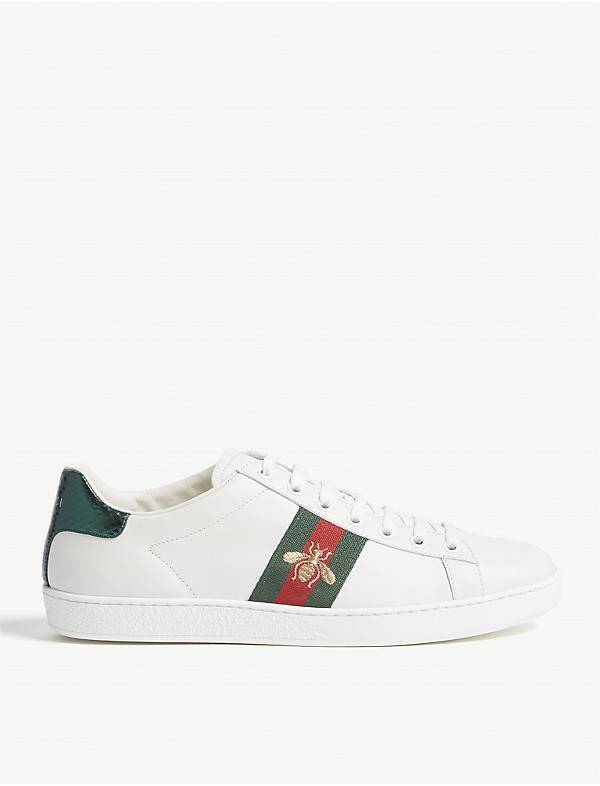
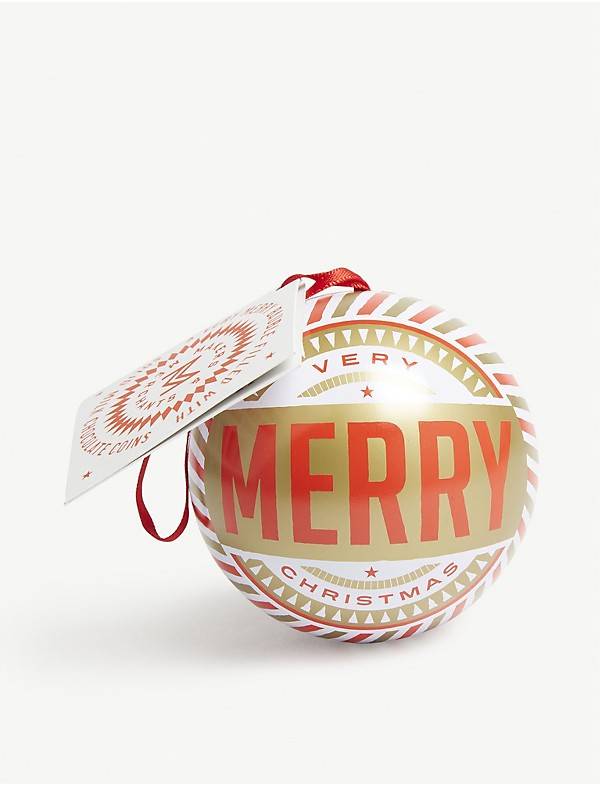
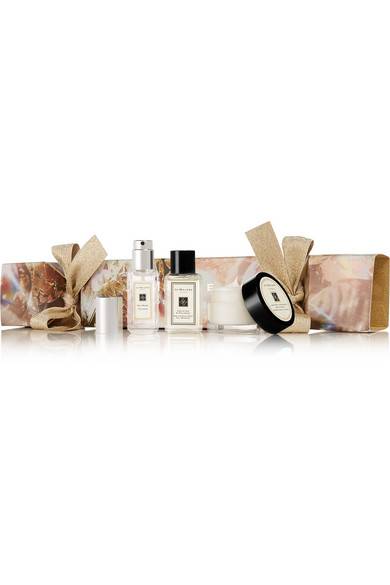
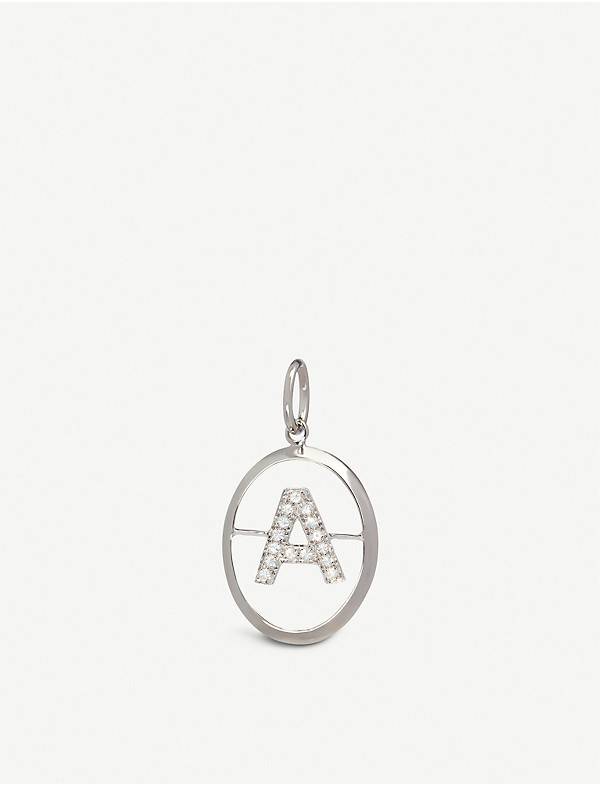
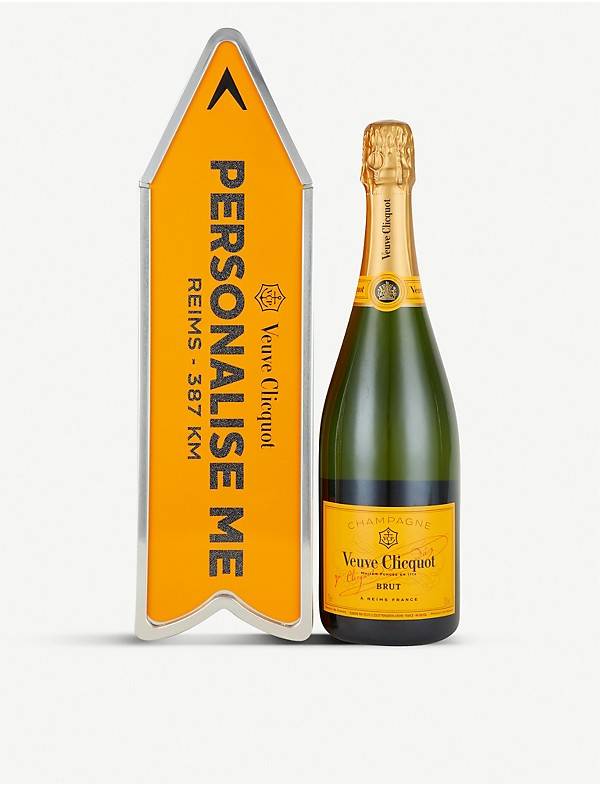
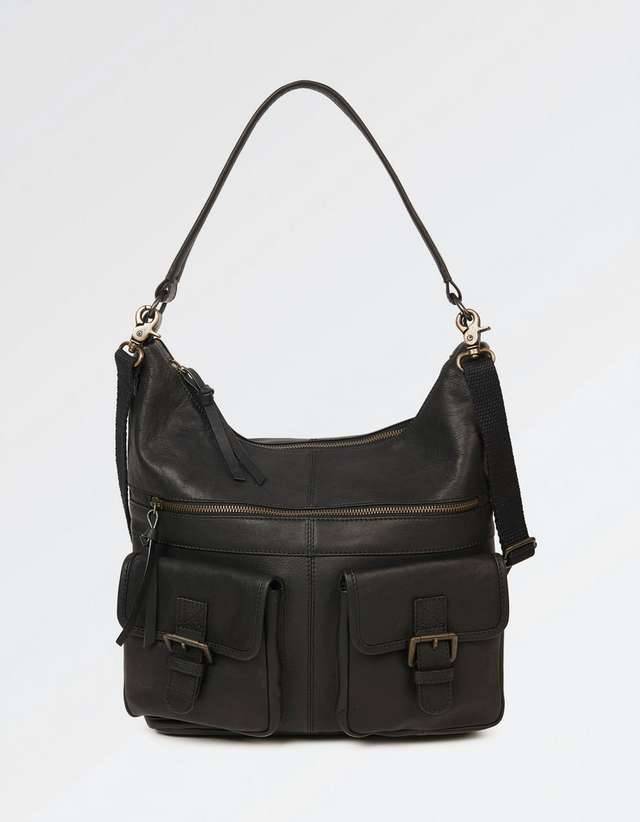
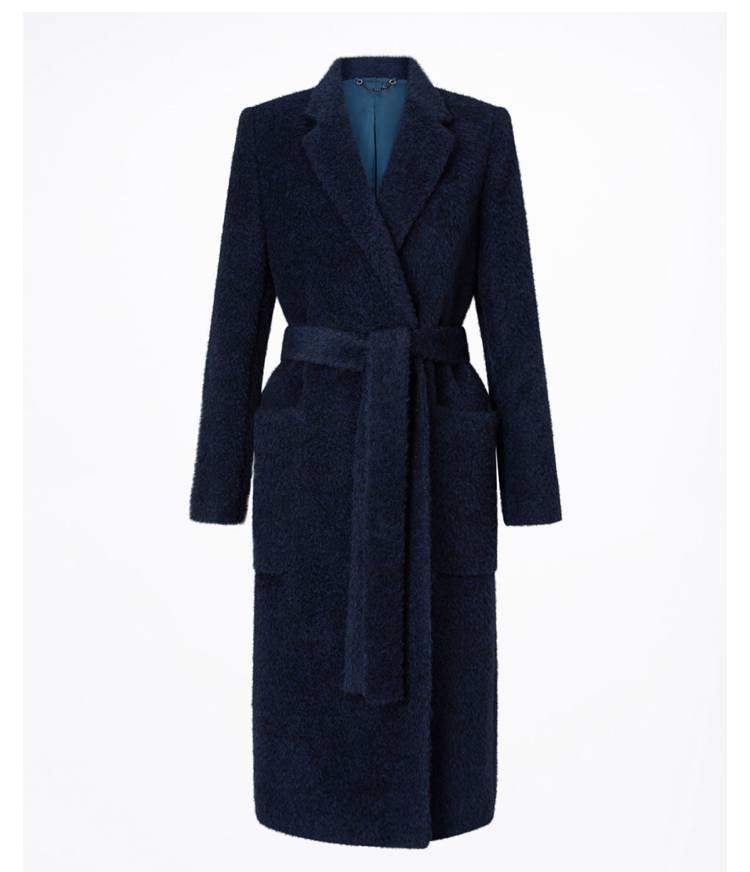
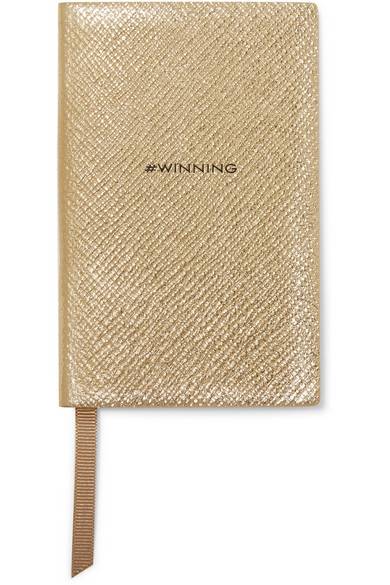
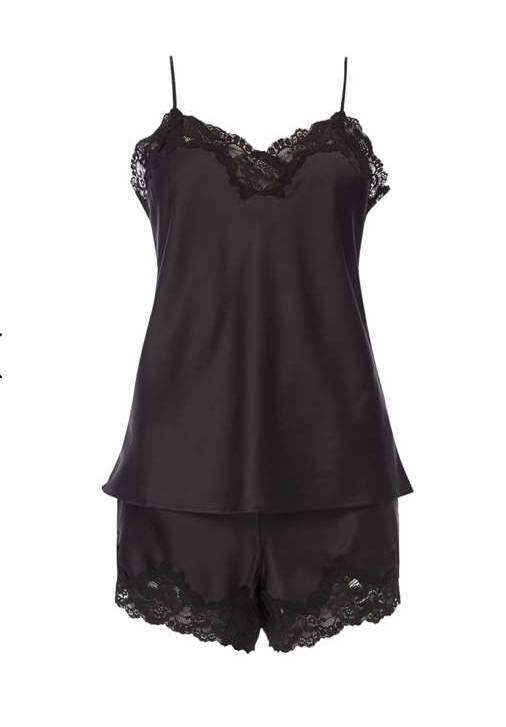
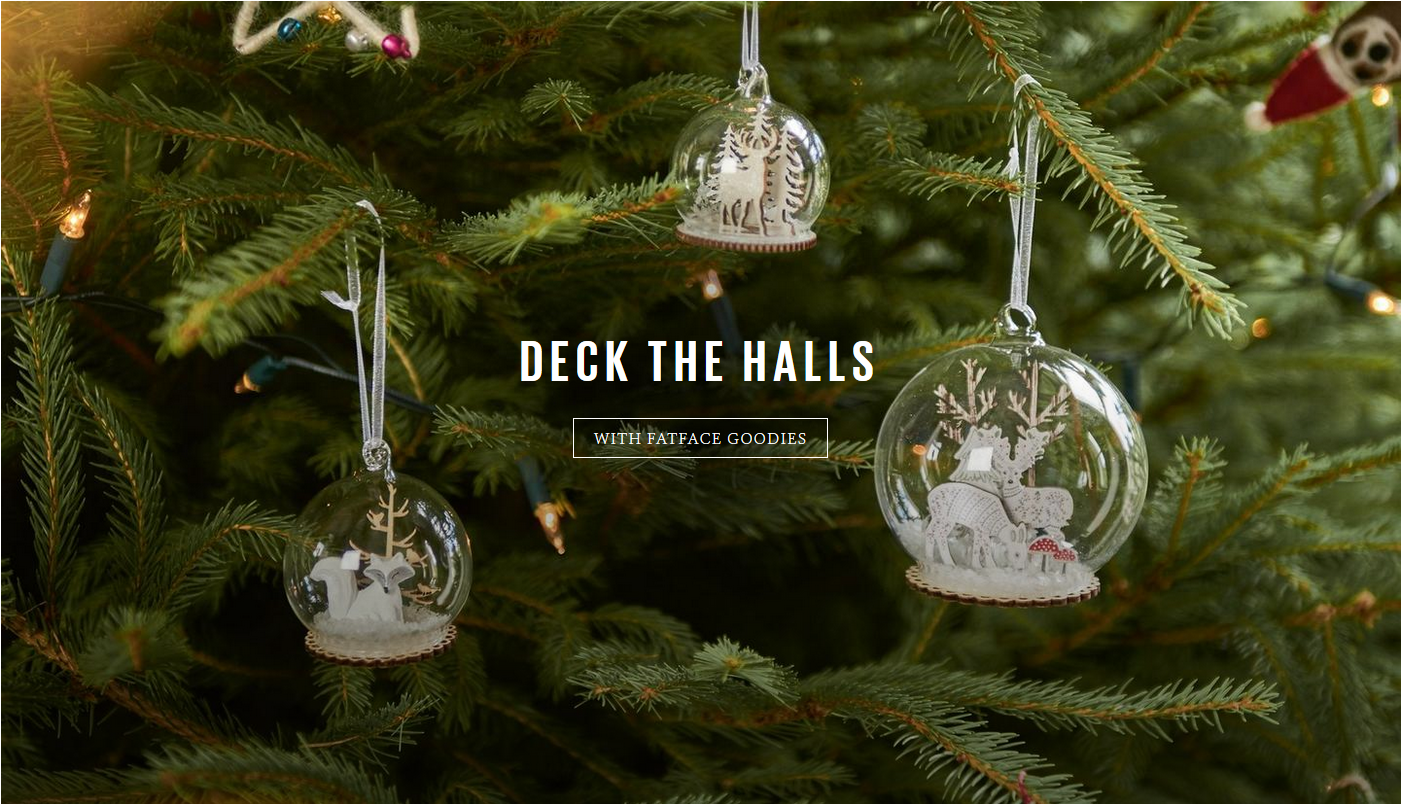

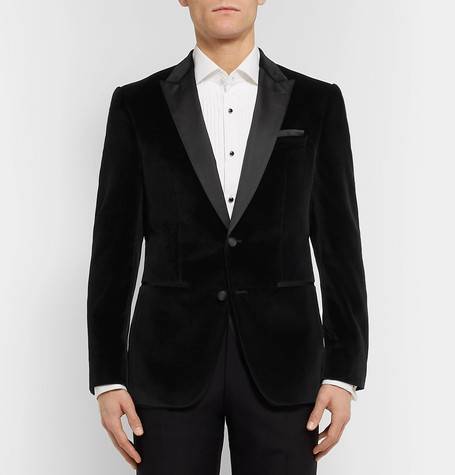
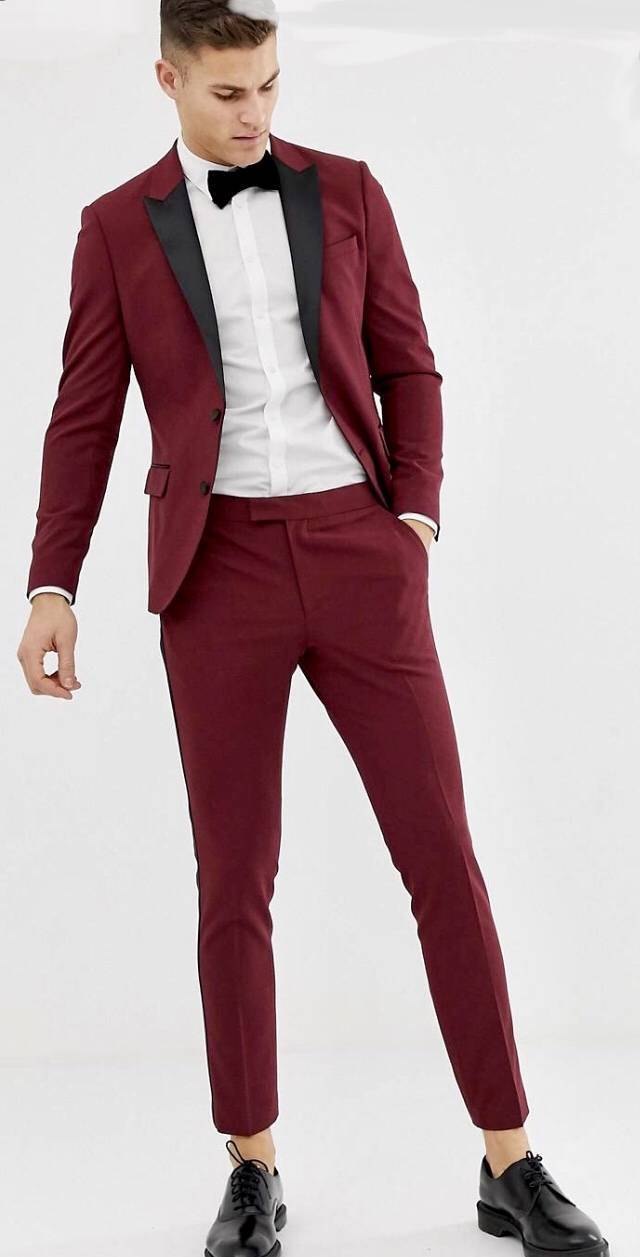
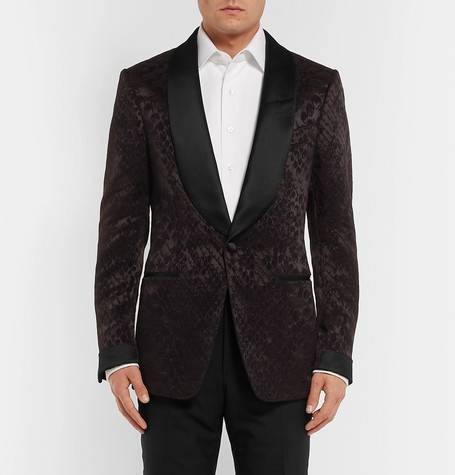
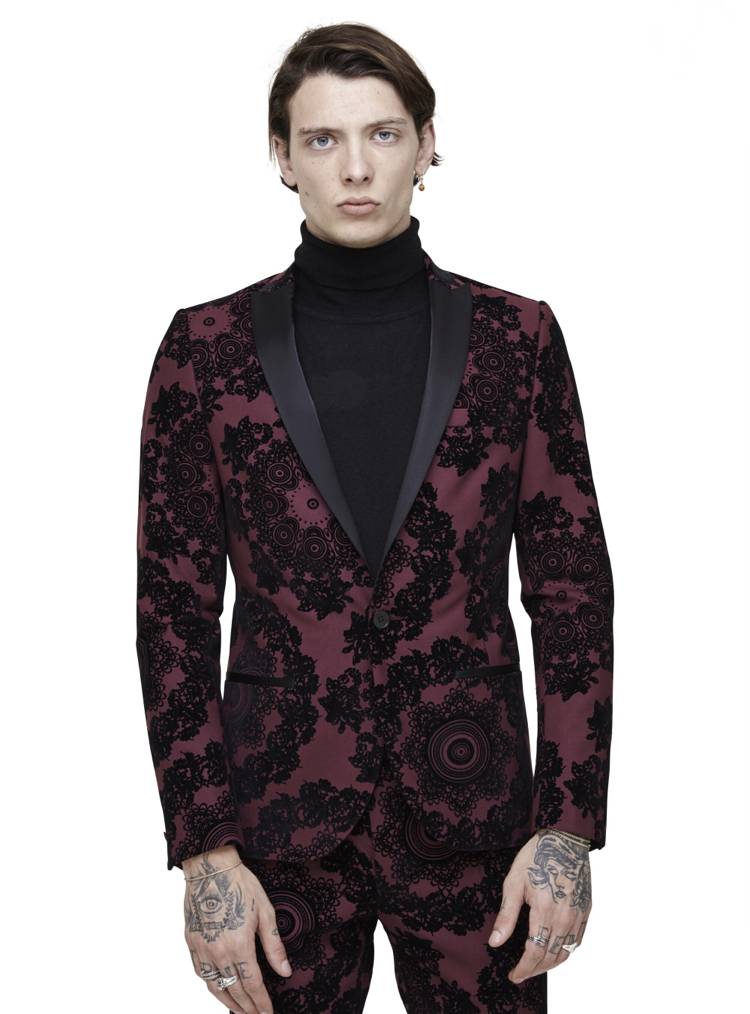











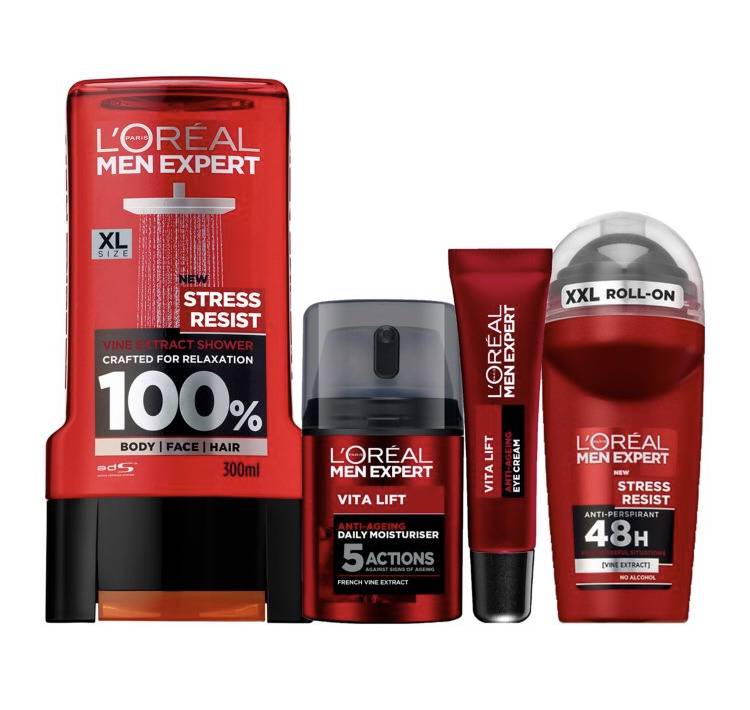
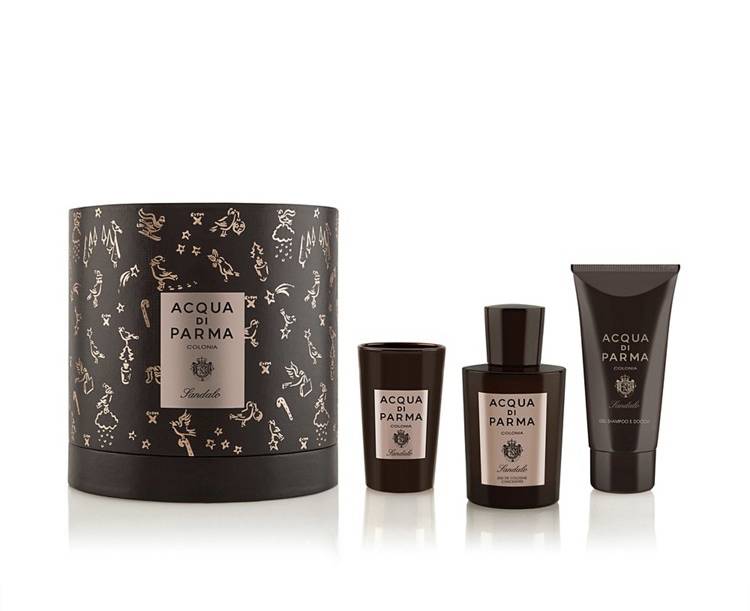


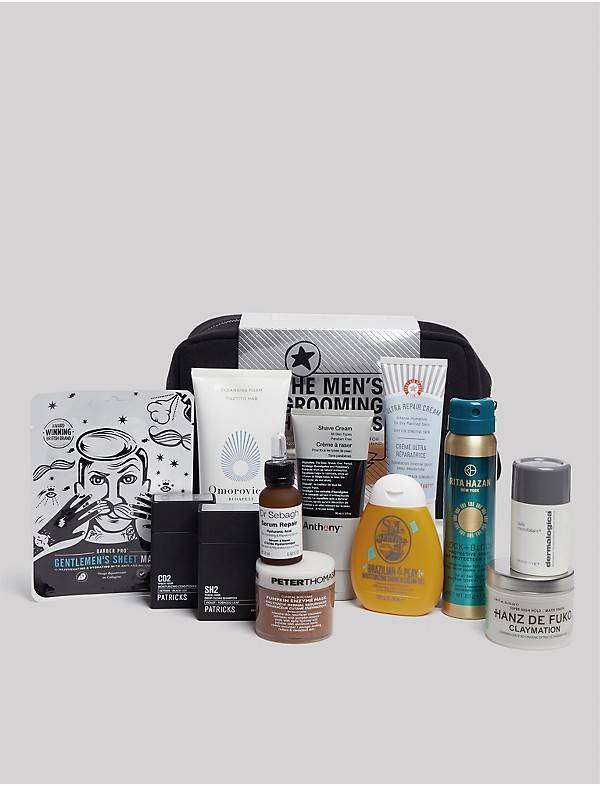


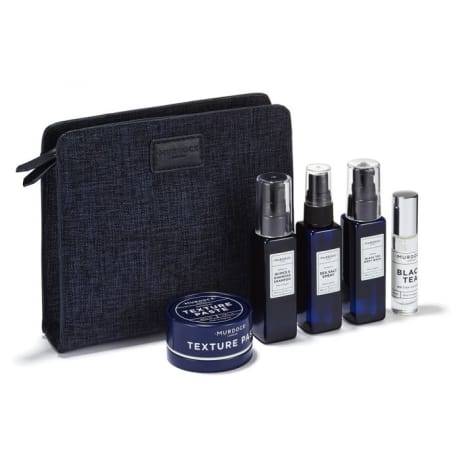
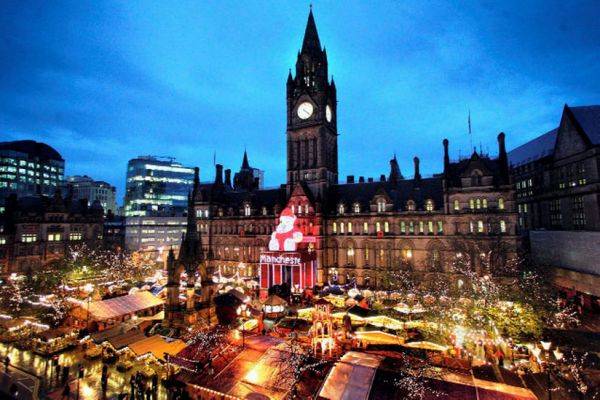
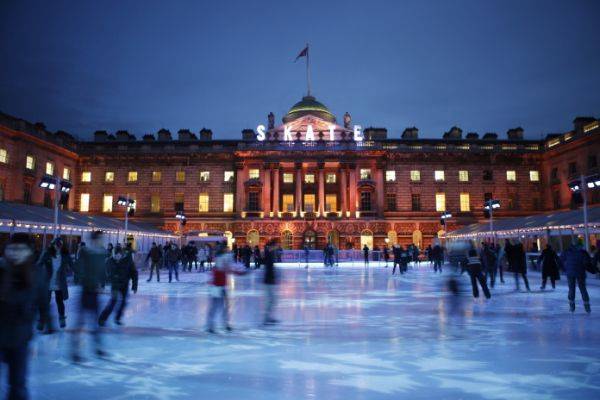

 Now I do have to say, not everyone celebrates or likes Christmas, for one or another reason and if you do want to just escape the madness associated with this time of year. We have just the thing, kinda. For one night only on 11th Dec we have the opportunity to see,”Once upon a Deadpool” in his very own festive offering. I mean who can resist the merke with the mouth and his offbeat humour.
Now I do have to say, not everyone celebrates or likes Christmas, for one or another reason and if you do want to just escape the madness associated with this time of year. We have just the thing, kinda. For one night only on 11th Dec we have the opportunity to see,”Once upon a Deadpool” in his very own festive offering. I mean who can resist the merke with the mouth and his offbeat humour.
